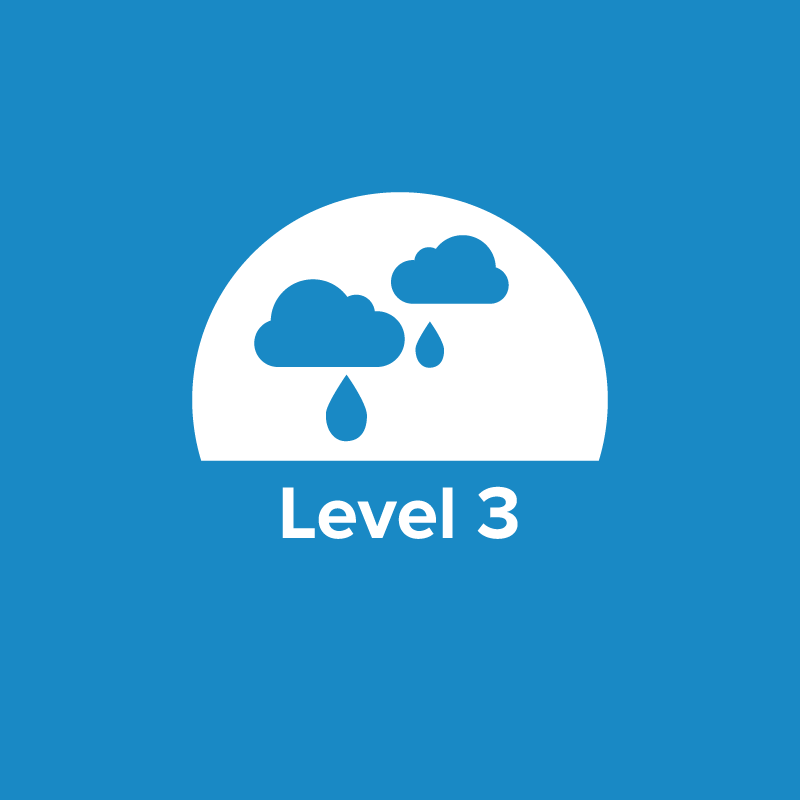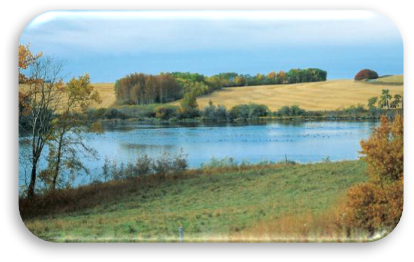Journey 2050 Lesson 3: Water (Grades 6-8)
Students will discuss the limited amount of fresh water on earth, identify how best management practices can reduce water consumption, discuss the need for water conservation and protection, and compare and contrast methods of irrigation for water conservation.

Background
Lesson Activities
Recommended Companion Resources
Credits
Author
Lindsey Verhaeghe, Andrea Gardner, Debra Spielmaker, and Sara Hunt | National Center for Agricultural Literacy (NCAL) and Nutrien
Acknowledgements
The Journey 2050 program was originally developed by Nutrien in collaboration with Calgary Stampede, Alberta Canola Producers Commission, Nutrients for Life Foundation, and Agriculture in the Classroom Canada. Authors and contributors were drawn from each of these organizations under the direction of Lindsey Verhaeghe (Nutrien) and Robyn Kurbel (Calgary Stampede.) The lessons were updated and revised in 2017 and 2022 with contributions from the original J2050 Steering Committee, the National Center for Agricultural Literacy, and the National Agriculture in the Classroom Organization.
Sources
- https://www.usgs.gov/special-topics/water-science-school/science/where-earths-water
- http://www.fao.org/news/story/en/item/130033/icode/
- https://www.weforum.org/agenda/2020/06/world-population-water-stress-2050-climate-change/
- http://www.fao.org/news/story/en/item/130033/icode/
- http://www.nationalgeographic.com/kidsnetwork/water/session_01.html
- https://www.thefashionlaw.com/how-many-gallons-of-water-does-it-take-to-make-a-single-pair-of-jeans/
- http://www.borgenmagazine.com/impact-drip-irrigation-crop-per-drop/
- http://www.fao.org/docrep/t1696e/t1696e09.htm
- https://water.usgs.gov/edu/earthwherewater.html
- https://water.usgs.gov/edu/pdf/earthwherewater.pdf
- http://www.miseagrant.umich.edu/flow/pdf/U2/FLOW-U2-L3-MICHU-08-402.pdf
- http://www.ers.usda.gov/topics/farm-practices-management/irrigation-water-use.aspx
Standards
National Content Area Standards
- Career & Technical Education
- AFNR (Grades 6-8): Natural Resource Systems Career Pathway
- NRS.01.02: Classify different types of natural resources in order to enable protection, conservation, enhancement and management in a particular geographical region.
- NRS.02.02: Assess the impact of human activities on the availability of natural resources.
- NRS.03.01: Sustainably produce, harvest, process and use natural resource products (e.g., forest products, wildlife, minerals, fossil fuels, shale oil, alternative energy, recreation, aquatic species, etc.).
- AFNR (Grades 6-8): Natural Resource Systems Career Pathway
- Social Studies – Economics
- Economics Standard 1 (Grades 6-8): Scarcity
- Objective (Grades 6-8): Identify what they gain and what they give up when they make choices.
- Economics Standard 2 (Grades 6-8): Decision Making
- Objective (Grades 6-8): Make effective decisions as consumers, producers, savers, investors, and citizens.
- Economics Standard 1 (Grades 6-8): Scarcity
- Social Studies – History
- NCSS 7 (Grades 6-8): Production, Distribution, and Consumption
- Objective 1: Individuals, government, and society experience scarcity because human wants and needs exceed what can be produced from available resources.
- NCSS 8 (Grades 6-8): Science, Technology, and Society
- Objective 2: Society often turns to science and technology to solve problems.
- Objective 4: Science and technology have had both positive and negative impacts upon individuals, societies, and the environment in the past and present.
- NCSS 7 (Grades 6-8): Production, Distribution, and Consumption
- Science
- MS-ESS3: Earth and Human Activity
- MS-ESS3-3: Apply scientific principles to design a method for monitoring and minimizing a human impact on the environment.
- MS-ESS3-4: Construct an argument supported by evidence for how increases in human population and per-capita consumption of natural resources impact Earth’s systems.
- MS-ESS3: Earth and Human Activity

